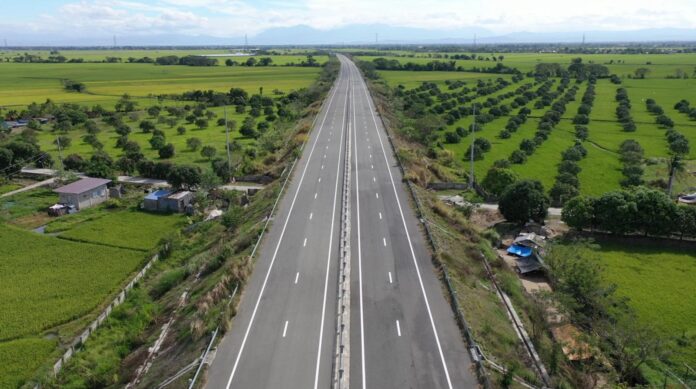The Department of Public Works and Highways (DPWH) announced that the Central Luzon Link Expressway (CLLEX) Phase I is on track to begin full operations by July 2025, marking a major milestone in the government’s “Build Better More” infrastructure agenda and President Ferdinand R. Marcos Jr.’s Bagong Pilipinas vision.
CLLEX Phase I is a 29.55-kilometer four-lane expressway designed to connect the Subic-Clark-Tarlac Expressway (SCTEX) in Tarlac City to the Maharlika Highway in Cabanatuan City, Nueva Ecija. Once operational, it is expected to cut travel time between the two cities from 70 minutes to just 20 minutes, benefiting more than 11,200 motorists daily.
According to DPWH senior undersecretary Emil K. Sadain, Contract Package 4—dubbed the Cabanatuan Section—is now 98 percent complete, despite delays of nearly two years caused by road right-of-way issues. The 10.30-kilometer stretch, built by Qingdao Municipal Construction Group Co., Ltd., features key infrastructure including one interchange, three bridges, eight reinforced concrete box culverts (RCBCs), seven farm passages, and multiple underpasses.
Construction is also ongoing on Contract Package 5, or the Zaragoza Interchange, currently 73.46 percent finished. This segment, undertaken by the consortium of Pacific Concrete Products, Inc. and China Construction First Group Corporation Limited, includes a 4.88-kilometer access road, Zaragoza Interchange Bridge (113.4 meters), two additional bridges, multiple farm passages, RCBCs, and irrigation canals. Completion is expected in the third quarter of 2025.
While most of CLLEX is financed through a loan from the Japan International Cooperation Agency (JICA), Contract Package 5 is fully funded by the Philippine government.
Once completed, CLLEX Phase I is expected to significantly improve logistics and mobility across Region III, linking urban centers to agricultural zones, decongesting traffic in Central Luzon, and driving inclusive economic growth beyond Metro Manila.







